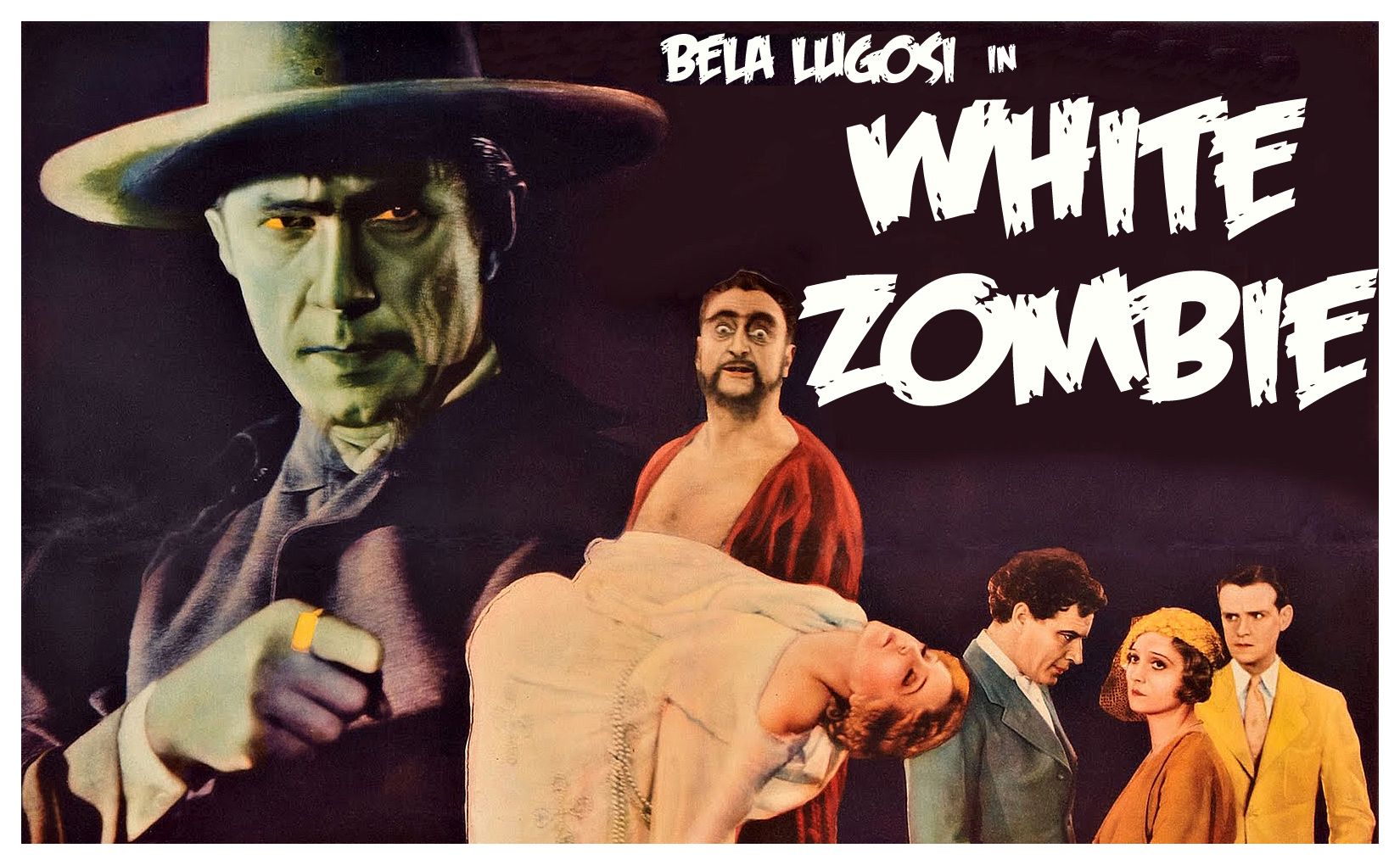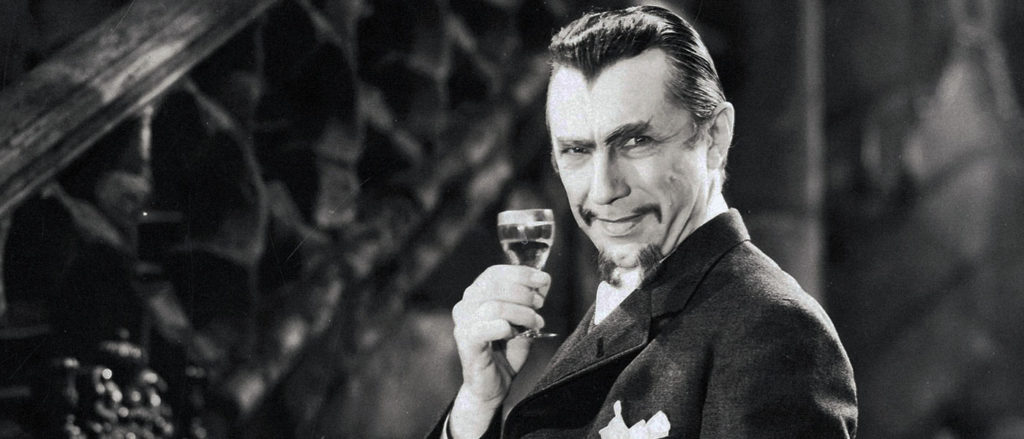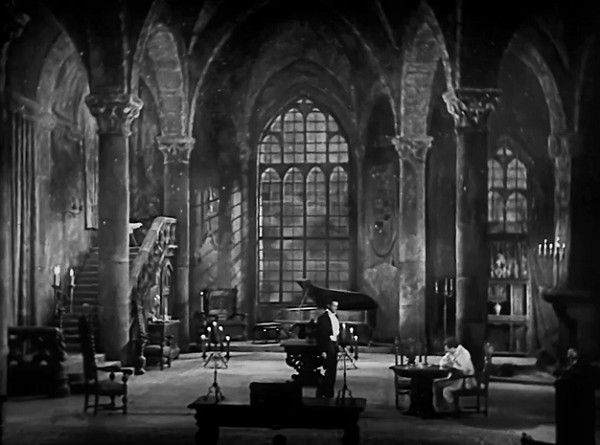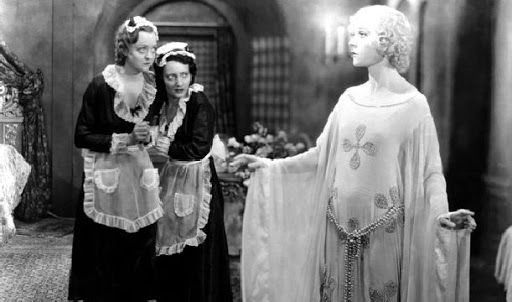The idea of a zombie apocalypse, with hordes of the undead roaming the Earth, is something the world owes to George Romero because his Night of the Living Dead took the basic idea of the zombie and left behind all of the mystical aspects of the zombie mythos, ditching the creature’s Haitian roots and their place in local folklore, where those hapless supernatural beings were raised to work as slaves to a witch doctor, which brings us to Victor and Edward Halperin’s classic White Zombie, a film that pits a noble hero against an evil voodoo master.
The protagonists of Halperin’s White Zombie are Neil Parker (John Harron) and his fiancée, Madeleine Short (Madge Bellamy), who we meet as they travel through rural Haiti via carriage to the home of Charles Beaumont (Robert Frazer), a plantation owner they met on their ship from New York and who has so generously offered his home as a place to hold the wedding ceremony. This loving couple is so naïve and dim that they never even remotely suspect that Beaumont has an ulterior motive, that he himself is madly in love with Madeleine, and when the bride rebuffs his advances Beaumont turns to a man named Murder Legendre (Bela Lugosi) for help, a local practitioner of the voodoo and whose employees at his sugar cane factory are rumoured to be the walking dead. Legendre informs Beaumont that the only way to steal Madeleine away from her true love is by turning her into a zombie – I certainly see no other option – and so the love-obsessed Beaumont eventually agrees to the plan and the poor girl is drugged and “murdered” via a voodoo doll. Needless to say, things aren’t all rainbows and puppy dogs after Madeleine’s resurrection reveals her to be just another soulless creature under Legendre’s control.
Who would have guessed this man was untrustworthy?
Not happy with his “corpse bride” Beaumont pleads for the effects to be reversed, “You must put the life back into her eyes and bring laughter to her lips. She must be gay and happy again” but Legendre has his own ill motives at hand, which includes adding Beaumont to his stable of zombie slaves, and he has also taken a fancy to the beautiful girl, so before you can say “walking dead” Legendre has slipped his special drug into Beaumont’s drink during a toast. Meanwhile, a distraught Neil has been staggering around town until eventually stumbling into Madeleine’s crypt to find her body missing to which he then seeks out the aid of local missionary Dr. Bruner (Joseph Cawthorn), who also officiated at their wedding ceremony, and the two of them plan to rescue Madeleine from the clutches of Legendre, if that is at all possible, what with her being dead and all.
“Honey, there has to be a better way out of marriage than faking your death.”
The interesting thing about White Zombie is that it tries its best to straddle the supernatural with the rational, as we get Doctor Bruner trying to explain away zombies as being simple victims of Legendre’s pharmaceutical manipulations, putting people into comas so deep that the average person would assume they were dead and then “resurrecting” them as mesmerized slaves, but during the film’s climax Neil unloads his gun at point-blank range into the approaching zombies and they don’t even blink, so, unless we are to believe hypnosis can make you ignore a bullet in the heart, I call bullshit on Bruner’s theory. That aside, the film has some great stuff and despite the silent era-style acting – the stilted dialogue can be considered charming and it somewhat enhances the film's surreal mood – but what really helps to sell what is a fairly ridiculous story is the productions use of decaying sets borrowed from other films shot on the Universal Studios lot, an addition to the film that wonderfully accents Arthur Martinelli's eerie black and white cinematography.
I wonder if Dracula rented his place out for this flick.
Stray Observations:
• The locals bury their dead in the middle of the road to prevent body snatchers from making off with their dearly beloved but wouldn’t cremation be a far better deterrent?
• Raising the dead to work as cheap labour is something I could see becoming big in America, though we’d have to suffer more of that “They took our jobs” rhetoric, so I’m not sure if it would be worth it in the long run.
• Beaumont tries to convince Madeleine to marry him instead of Neil while he’s bloody well walking her down the aisle. You’ve got to give him credit for balls if not brains.
• When Beaumont asks Legendre what would happen if his zombie slaves ever regained their souls, he is told “They would tear me apart” which means he needs a better HR department.
• Even zombified Madeleine remains a fairly good pianist, which makes the undead in this film rather remarkable. Maybe someday we’ll get a movie about a zombie K-Pop group.
• Though soulless Madeleine and Neil’s love is strong enough to keep them connected and when she looked out over the balcony I kept waiting for her to sing “Somewhere out there, beneath the pale moonlight.”
• We see Legendre’s maids arguing over whose turn it is to brush the hair of zombie Madeleine, which begs the question “Why doesn’t Legendre have zombie slave maids?”
Was the Haitian maid’s union something even Legendre was afraid of?
It's safe to say that fans of modern zombie films will most likely get a kick out of cinema’s first attempt at bringing the shuffling dead to life, just don’t expect Romero’s flesh-eating ghouls as the walking dead in this film are a rather more sedate bunch, but the film’s pre-code sexual undertones and the plot being a fairly obvious allegory of class exploitation under capitalism and colonialism, all went towards making this a rather interesting chapter in the genre and though you may laugh at White Zombie’s somewhat odd happily ever after ending as a horror film it still offers some truly chilling moments, not to mention you also get the legendary Bela Lugosi in one of his best roles.






No comments:
Post a Comment